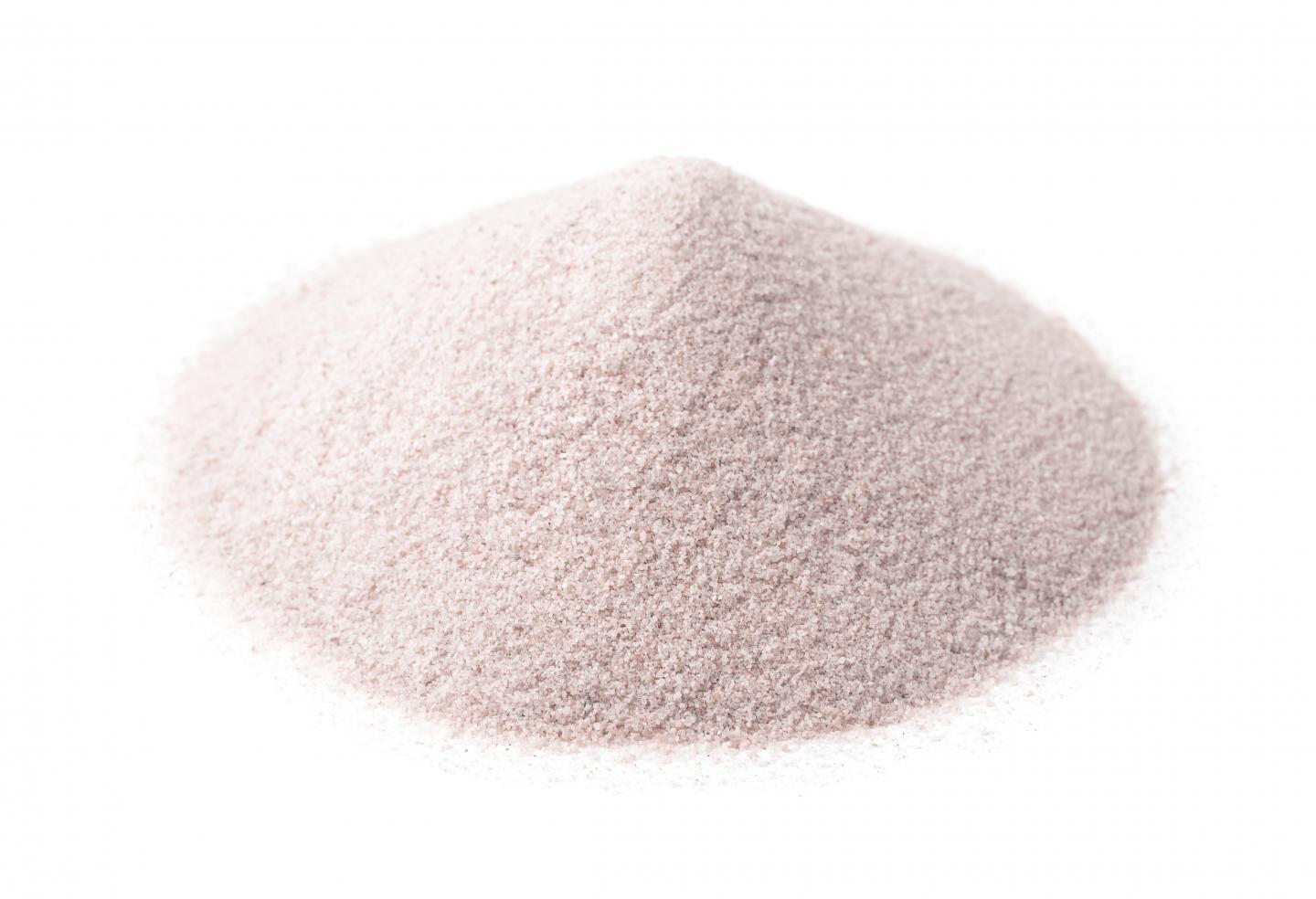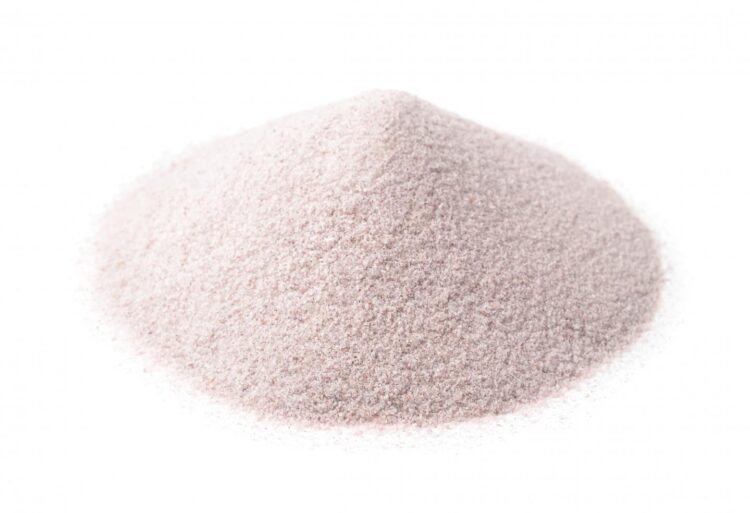Non-conductive silica could be key to realizing next-generation lithium-sulfur batteries

Credit: DGIST
The tremendous increase in the use of mobile technology, wearable electronics, and a wide range of portable devices in general over the past few decades, has driven scientists worldwide to seek out the next breakthrough in rechargeable batteries. Lithium-sulfur batteries (LSBs)–composed of a sulfur-based cathode and lithium anode submerged in a liquid electrolyte–are promising candidates to replace the ubiquitous lithium-ion battery because of their low cost and the non-toxicity and abundance of sulfur.
However, using sulfur in batteries is tricky for two reasons. First, during the “discharge” cycle, soluble lithium polysulfides (LiPS) form at the cathode, diffuse into the electrolyte, and easily reach the anode, where they progressively degrade the capacity of the battery. Second, sulfur is non-conducting. Thus, a conductive and porous host material is required to accommodate sulfur and simultaneously trap LiPS at the cathode. In the recent past, carbon-based host structures have been explored because of their conductivity. However, carbon-based hosts cannot trap LiPS.
In a recent study published in Advanced Energy Materials, scientists from the Daegu Gyeongbuk Institute of Science and Technology proposed a novel host structure called “platelet ordered mesoporous silica (pOMS).” What is unusual about their choice is that silica, a low-cost metal oxide, is actually non-conducting. However, silica is highly polar and attracts other polar molecules such as LiPS.
Upon application of a conductive carbon-based agent to the pOMS structure, the initial solid sulfur in the pores of the structure dissolves into the electrolyte, from where it then diffuses towards the conductive carbon-based agent to be reduced to generate LiPS. In this manner, the sulfur effectively participates in the necessary electrochemical reactions despite the silica’s non-conductivity. Meanwhile, the polar nature of the pOMS ensures that the LiPS remains close to the cathode and away from the anode.
The scientists also constructed an analogous non-polar, highly conductive conventional porous-carbon host structure to run comparative experiments with the pOMS structure. Prof Jong-Sung Yu, who led the study, remarks: “The battery with the carbon host exhibits high initial capacity that soon drops due to the weak interaction between non-polar carbon and LiPS. The silica structure clearly retains much more sulfur during continuous cycles; this results in much greater capacity retention and stability over as many as 2000 cycles.”
Yet, all this considered, perhaps the most important insight to derive from this study is that host structures for LSBs need not be as conductive as was previously thought. Prof Yu comments: “Our results are surprising, as no one might have ever thought that non-conductive silica could be a highly efficient sulfur host and even outperform state-of-the-art carbon hosts.” This study broadens the selection of host materials for LSBs and could lead to a paradigm shift in realizing next-generation sulfur batteries.
###
Reference
Authors: Byong-June Lee1, Tong-Hyun Kang1, Ha-Young Lee1, Jitendra S. Samdani1, Yongju Jung2, Chunfei Zhang3, Zhou Yu4, Gui-Liang Xu4, Lei Cheng4, Seoungwoo Byun1, Yong Min Lee1, Khalil Amine4,5*, and Jong-Sung Yu1*
Title of original paper:
Revisiting the Role of Conductivity and Polarity of Host Materials for Long-Life Lithium-Sulfur Battery
Journal: Advanced Energy Materials
DOI: 10.1002/aenm.201903934
Affiliations: 1Department of Energy Science and Engineering, Daegu Gyeongbuk Institute of Science & Technology (DGIST)
2Department of Chemical Engineering, Korea University of Technology and Education (KOREATECH)
3Laboratory of Renewable Energy for Maritime Applications, Faculty of Maritime and Transportation, Ningbo University
4Chemical Sciences and Engineering Division, Argonne National Laboratory
5Materials Science and Engineering, Stanford University
*Corresponding authors’ emails: [email protected] (Jong-Sung Yu), [email protected] (Khalil Amine)
About Daegu Gyeongbuk Institute of Science and Technology (DGIST)
Daegu Gyeongbuk Institute of Science and Technology (DGIST) is a well-known and respected research institute located in Daegu, Republic of Korea. Established in 2004 by the Korean Government, the main aim of DGIST is to promote national science and technology, as well as to boost the local economy.
With a vision of “Changing the world through convergence”, DGIST has undertaken a wide range of research in various fields of science and technology. DGIST has embraced a multidisciplinary approach to research and undertaken intensive studies in some of today’s most vital fields. DGIST also has state-of-the-art-infrastructure to enable cutting-edge research in materials science, robotics, cognitive sciences, and communication engineering.
Website: https:/
About the authors
The first author of this work is Byong-June Lee, currently a 5th year PhD student at the Department of Energy Science & Engineering at DGIST, South Korea. This study was conducted under the supervision of Prof Jong-Sung Yu, currently a full Professor at DGIST, who received his PhD in chemistry from Houston University, USA, in 1990. Prof Yu followed his PhD by postdoctoral work at Ohio State University, Pennsylvania State University, and Northwestern University, USA, before obtaining a position at DGIST. His research interests include the design and development of new materials for batteries, fuel cells, and water electrolysis. This work was also carried out in cooperation with Dr. Khalil Amine’s team at the Argonne National Laboratory, USA.
Media Contact
Kwanghoon Choi
[email protected]
Original Source
https:/
Related Journal Article
http://dx.





